The views expressed in our content reflect individual perspectives and do not represent the authoritative views of the Baha'i Faith.
The Baha’i teachings see the history of humanity’s belief systems as one very long and continuous cycle. Like all cycles, and like the sun, the light of religion changes over time. When it first appears and begins, its rays reach only a few. When it rises to the zenith of its power, it affects everyone, warming the earth and bringing about enormous spiritual and societal change. And then, inevitably, it declines, and its rays weaken and grow cold. In much the same way, religion can become corrupt and lose its original purity. That is why, Baha’is believe, God renews religion, sending humanity new Messengers to reawaken our souls:
From the days of Adam until today, the religions of God have been made manifest, one following the other, and each one of them fulfilled its due function, revived mankind, and provided education and enlightenment. They freed the people from the darkness of the world of nature and ushered them into the brightness of the Kingdom. As each succeeding Faith and Law became revealed it remained for some centuries a richly fruitful tree and to it was committed the happiness of humankind. However, as the centuries rolled by, it aged, it flourished no more and put forth no fruit, wherefore was it then made young again. The religion of God is one religion, but it must ever be renewed. – Abdu’l-Baha, Selections from the Writings of Abdu’l-Baha, pp. 51-52.
And certainly Hinduism has evolved in that way over its 35+ centuries. One theory has it that the inhabitants of the Indus valley, accepted the gift of the Aryan gods, but transformed them. If this is correct, this transformation was, no doubt, gradual, and may be traced through the evolution of thought in the Vedas. The difference between the religion expressed in the Samhitas (the first hymns in each of the Vedas) and the Upanishads (the last portion of each of the Vedas) is often extreme. The early Vedic religion was heavily priest dominated. Priests gradually became, as the Brahmanas maintained, far more important than the gods. The reliance on priests eventually became taxing and corrupting, increasingly evident as later Vedic and Hindu writing evolved.
About 500 B.C., at about the same time as the Buddha appeared and concurrent with the appearance of the Upanishads, Hinduism went through another change. Early Hinduism contained a vast pantheon of gods; the Upanishads began to simplify. During this historical period one God emerged transcendent and supreme in Hindu belief Brahman. The Upanishads explain that Brahman is Selfsubsisting and beyond mortal attributes: “He dwells within all and without all. He is unborn, pure, greater than the greatest, without breath, without mind.”
This conception of God differs little from the one God we know in the West. The concept of God most familiar in the westernized religions is so transcendent that He appears remote and distant, requiring intermediaries to communicate with us: prophets, messengers, and eventually in Christianity a true son. Brahman too required intermediaries in order to be known by men. In Hinduism, two minor Vedic gods were chosen by the priests and brought to prominence for this purpose: Vishnu associated with the sun in the Vedas, and Rudra, who was renamed Shiva. These Vedic gods became the means by which the work of the transcendent Brahman could be made known.
The increasing importance of Vishnu and Shiva appear not only in the Upanishads but also in the auxiliary scriptures of Hinduism, which includes the great Hindu epics: the Mahabharata, which is the longest epic in the world, and the Ramayana. These epics, which took a long time to develop, became the primary means by which a largely illiterate public learned of the evolving teachings of Hinduism. The Mahabharata, which contains the most famous of Indian stories, the BhagavadGita, was apparently constructed over about a 900-year period. The Ramayana is dated from 400200 B.C.
Still later, Hindu literature began to stress that God could be represented in three major aspects: as Brahmathe Creator, Vishnuthe Preserver, and Shivathe Destroyer. The three are referred to as Trimurti. To some Christians who believe in the Trinity, that may sound very familiar. In fact, in one of the main Hindu auxiliary scriptures, the Padma Purana, we read: “Brahman, Vishnu, and Shiva, though three in form, are one in entity. No difference between the three exists except with respect to attributes.”
Beneath the many-colored gods of the Hindu religion, Hindus seek a single Light in the same way Westerners seek God. Hear then what one Hindu scholar writes:
For the individual there is one supreme God, however conceived or named, and various other devas, gods or spiritual powers. These merit respect and perhaps worship, but are conceived of as subordinate manifestations, often with specialized functions. One author has rightly pointed out that one could spend a lifetime in India and never find a “polytheist” in Western terms, because even an unlettered peasant who has just made offerings at several shrines will affirm that “Bhagvan ek hai,” God is one. – Simon Weightman in A Handbook of Living Religions (ed. John R. Hinnells) Penguin Books, 1984, p. 212.


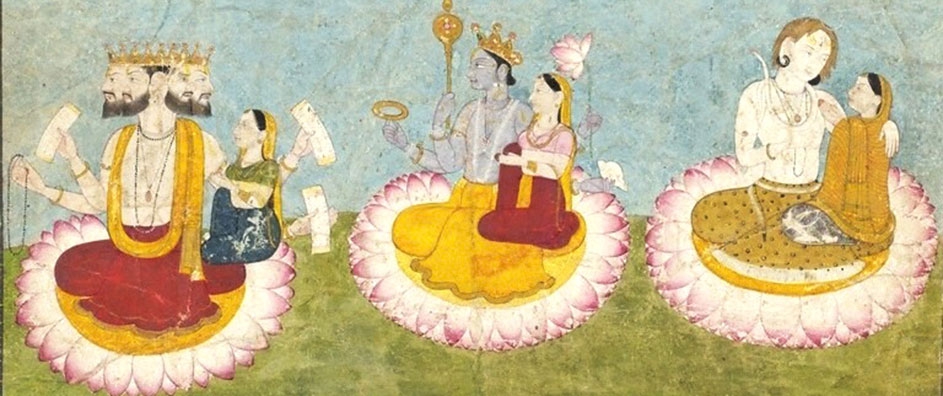
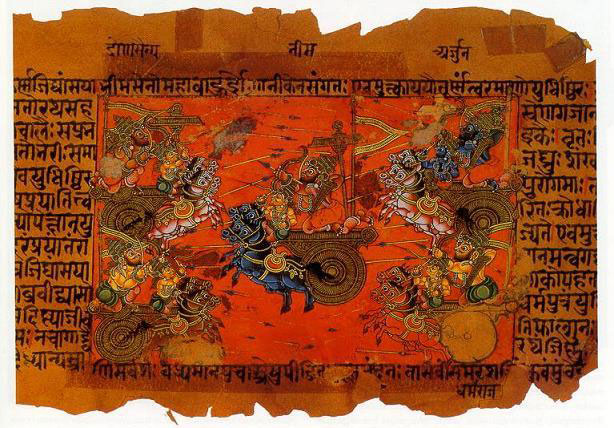




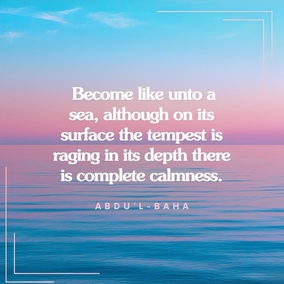
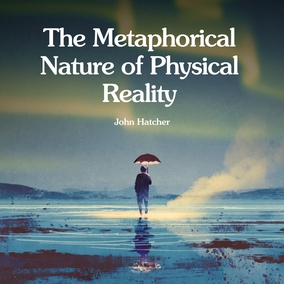
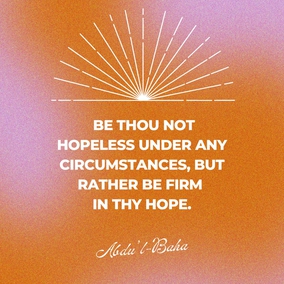
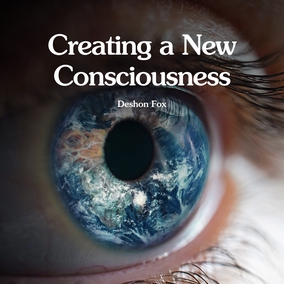


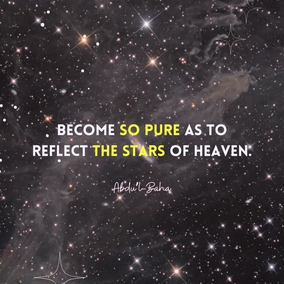


Comments
Sign in or create an account
Continue with Googleor